
Ingredients that can be eaten and precautions to take.
When you are eating sushi with your family, your dog may look at you as if he wants to eat it. Should you give sushi to your dog?
The purpose of this article is to introduce sushi ingredients that dogs, as well as points, can eat to keep in mind when giving them.
Should I feed my dog sushi?
Do you think my dog can eat sushi? You will probably be wondering.
Some sushi materials can be given to dogs, and others shouldn’t be shared. Also, even if there is sushi material that dogs can eat, feeding them in the same way we provide humans is dangerous.
Sugar, salt, etc., used in vinegared rice in sushi, for example, must be carefully given to your dog since excessive consumption can have adverse health effects.
In addition, raw fish can be given to dogs, but depending on the type of fish, it may result in allergies, not suit the dog’s constitution, or even make you sick.
Raw fish is also beneficial to the health of dogs. You can enjoy sushi with your family by understanding the ingredients you can feed your dog, how much to give them, and what to take care of when you provide them. You and your family can enjoy sushi together fully by understanding these things.
What dogs can eat sushi?
If you want your dog to eat sushi safely, you need to know what sushi ingredients are safe for him to eat. In addition, depending on the part of the material that can be eaten, it may be best not to give it.
Our article will specifically describe the ingredients and parts sushi dogs can eat.
Can dogs eat sushi and vinegared rice?
Rice, vinegar, sugar, and salt are the ingredients for vinegared rice. Dogs can eat rice in small amounts.
People may wonder if it’s okay to feed them sushi rice with seasonings.
The dogs can also eat rice vinegar, sugar, and salt in minimal amounts, so if you follow the instructions for feeding your dog, you can provide them with vinegared rice.
In addition, rice vinegar is made from rice, so it is not harmful to the dog’s body. Furthermore, it contains nutrients such as acetic acid, citric acid, and amino acids, which are essential for dogs.
The acetic acid in rice vinegar prevents fat accumulation, citric acid boosts metabolism, and amino acids promote fat burning.
In addition, vinegar also contains ingredients that suppress the rise in blood sugar levels and can be expected to have the effect of adjusting the intestinal environment.
Thus, rice vinegar contains many nutrients necessary for maintaining a healthy body, but since it is made from rice, it can cause allergic reactions.
If you are drinking vinegar for the first time, try a small amount and see if you have any problems.
When feeding vinegared rice, you should also consider the amount of fructose and sodium. The amount of sugar and salt in vinegared rice humans eat is too much for dogs.
So adjust the amount so your dog can eat it safely.
Can dogs eat sushi rice?
In small amounts, this ingredient is perfectly safe.
It is acceptable for canines to consume rice, but it must be plain without any added flavours or additives.
This information is for reference only. Human food does not substitute a special diet for canines. You should consult a professional vet if your dog exhibits abnormal symptoms after eating any food product.
Can dogs eat tuna?
How safe is it for your dog to eat raw fish like tuna, a popular sushi ingredient?
A dog was originally a wild animal that hunted and ate raw meat as its staple diet, as they were initially wild animals.
Currently, they live with humans, don’t hunt, and are more omnivorous.
Raw fish, a remnant of the wild age, is considered a safe food, as it contains the same nutrients as raw meat.
Raw fish is high in protein and is the main ingredient in dog food.
Tuna, in general, is abundant in healthy oily acids, which are crucial ingredients for protecting a canine’s body, skin, blood, and skeleton.
Tuna can also be fed to dogs in different ways, with additional precautions depending on what part of the tuna is provided.
‘Red meat refers to the core from
Tuna has a high protein content. It is abundant in nutrients, calorie-free, and minimal in fat.
Blood
Blood is a reddish-black muscle that contains more nutrients, such as iron, taurine, a vitamins B1 and B2, than red meat. It has more nutrients than red meat.
When people eat it, season it with salt or seasonings to remove the fishy smell, but if you give it to dogs, boil it without seasoning.
If your dog eats tuna bones, they may damage the mouth and digestive tract, so remove the bones thoroughly before giving them.
The Toro
It is rich in nutrients such as EHA, DHA, and vitamins A, D, and E. The fatty acid DHA is said to improve memory and concentration and is also used in puppy food.
Toro is high in fat and about three times as calorie-dense as red meat, so be careful not to give too much.
Adjust the amount of dog food that is the staple food, so you do not exceed the daily calorie requirement when giving bull.
Can dogs eat Salmon?
Salmon and Salmon are often thought of as redfish because their flesh is reddish as they are called “salmon pink,” but they are white fish.
This unique colour is due to the carotene pigment astaxanthin, found only in Salmon in fish. Astaxanthin removes active oxygen in the body, boosts immunity, and is expected to have a preventive effect on cancer.
Salmon also contains vitamin E, which has excellent antioxidant properties and is effective in removing active oxygen and preventing ageing and weakened immunity.
Salmon is high in vitamin A, called the “eye vitamin,” and is essential for preventing cataracts and repairing the cornea. It is also a necessary nutrient for maintaining healthy skin and hair.
It also contains diacyl glyceryl oleate acid (Omega-3 ) and epigallocatechin gallate acid (EPA), which are nutrients that are good for the head.
DHA activates the brain as a puppy grows, and it is also recommended for older dogs because it prevents dementia. According to studies, EPA improves allergic dermatitis.
Sushi for dogs: precautions
Dogs can also eat sushi, and some ingredients are healthy. However, feeding them the same way we do is dangerous.
A few considerations to be aware of when giving sushi. Make sure your dog can eat it without worry.
Beware of wasabi or soy sauce.
A human sense tells us sushi tastes better with soy sauce or wasabi. Dogs have an excellent understanding of smell, so you won’t have to put anything on them to make them taste good.
Wasabi and soy sauce are powerfully irritating to dogs and harmful to their health.
So it is best to give them without any seasoning, such as wasabi or soy sauce.
Raw squid, shrimp, octopus, or shellfish should not be given
Squid in sushi toppings is in its natural state, but dogs should not be fed raw squid. Thiaminase in raw squid can damage B1 vitamins, contributing to vitamin B1 deficiency.
Octopuses should not be eaten raw by dogs, either. Since it is a food that is bad for digestion, dogs may experience diarrhoea and vomiting.
Raw shrimp, like squid, can cause vitamin B1 deficiency.
Particular attention should be paid to shellfish. Due to the lack of enzymes in dogs, shellfish can cause diarrhoea and vomiting.
Some shellfish in sushi toppings are raw, but raw shellfish can also contain poison. It can be eaten if heat treated, but it can also be dangerous for dogs when heated.
Raw shellfish also contain thiaminases, which can cause vitamin B1 deficiency.
The adverse effects on nerve function if consumed in large amounts.
Shellfish should not be fed to dogs for these reasons.
Unfamiliar foods may cause indigestion.
Even raw fish can cause poor health in dogs if they are not used to eating it or eating it for the first time.
Start by cutting it into a few bite-sized pieces and giving them little by little, watching how they respond.
If you experience symptoms such as diarrhoea or vomiting, take them to a veterinary clinic as soon as possible.
The use of heat for parasite prevention
The chances of sushi being purchased in a supermarket are unlikely.
Raw tuna and Salmon may contain Anisakis, a parasite that causes food poisoning.
A dog that eats a parasitic fish will contract anisakiasis, and symptoms such as severe abdominal pain, diarrhoea, and vomiting will appear.
It is essential to apply heat when giving anisakids to your dog.
A summary
Sushi is often eaten at fun events and celebrations. There is also a possibility that your dog will sense the fun atmosphere and give you a sparkling look because you want to eat the same thing.
There is some concern about whether sushi that combines vinegared rice with various ingredients can be given to dogs; however, if you know what types of components you can eat and how to provide them.
You should be able to feed them without any worries.
Ensure you’re equipped with the correct information to improve your dog’s health.
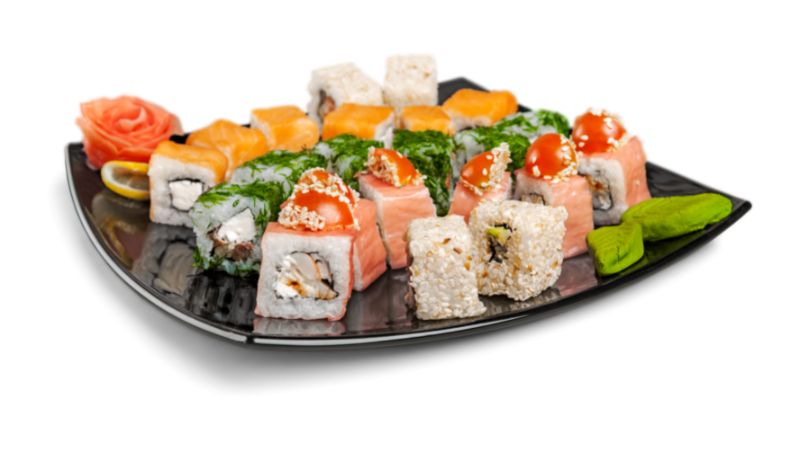
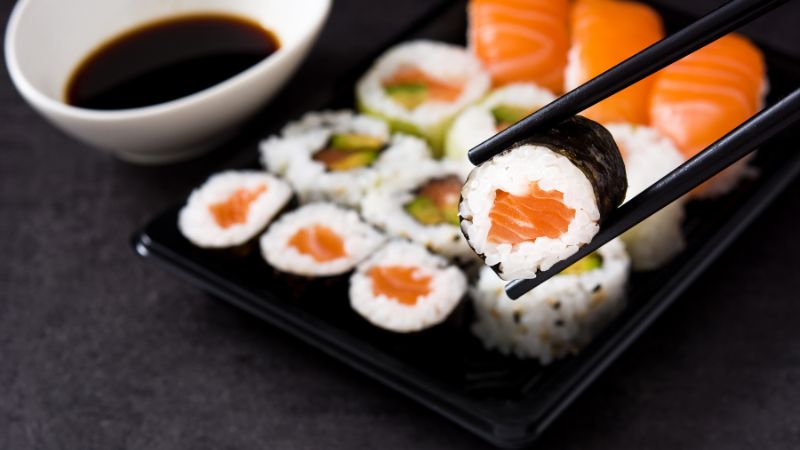
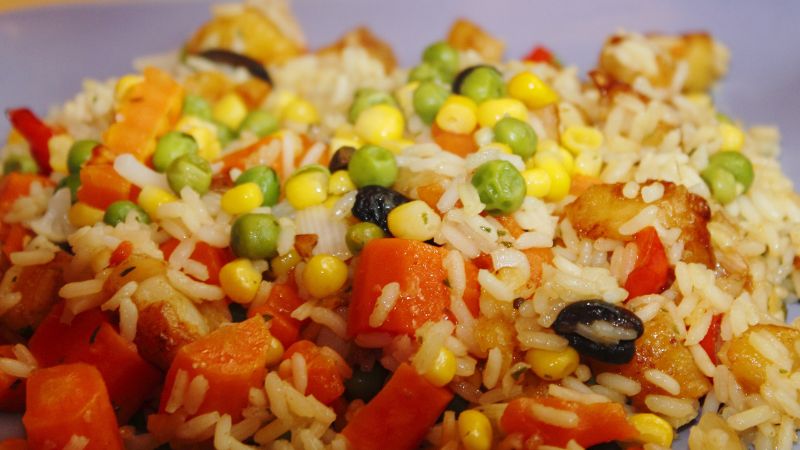
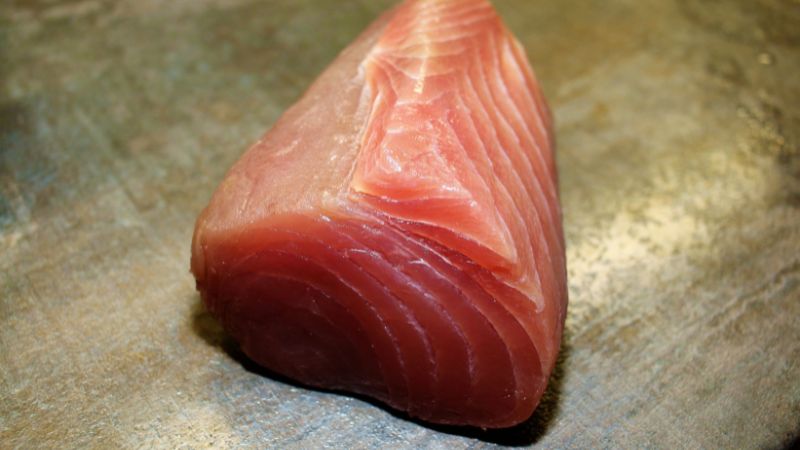
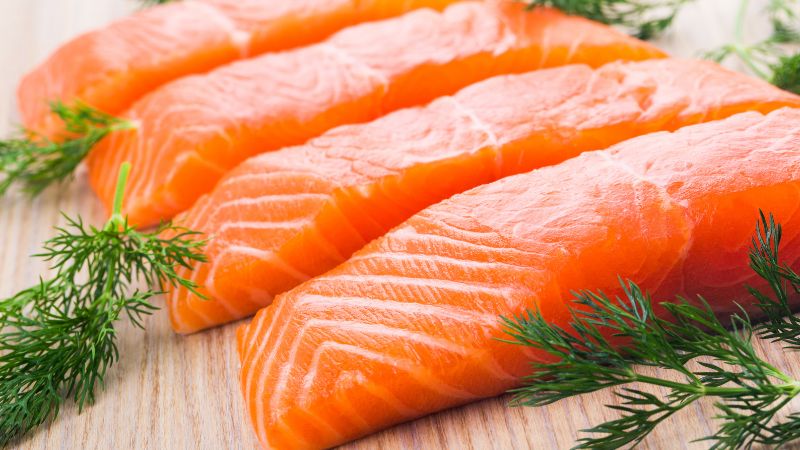
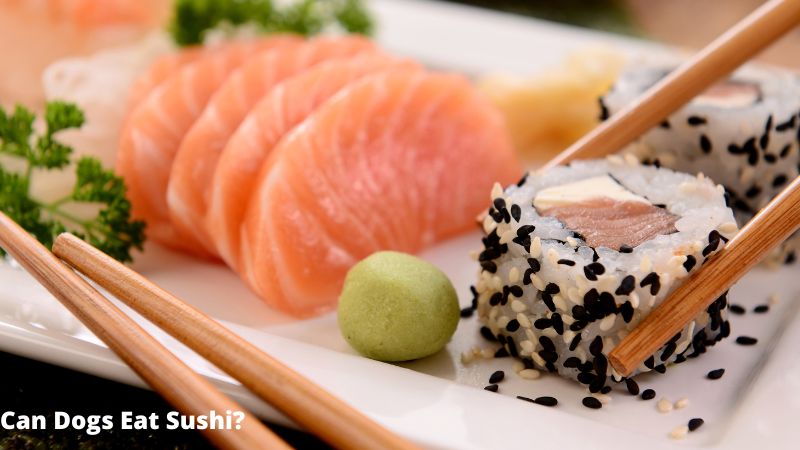
Leave a Reply